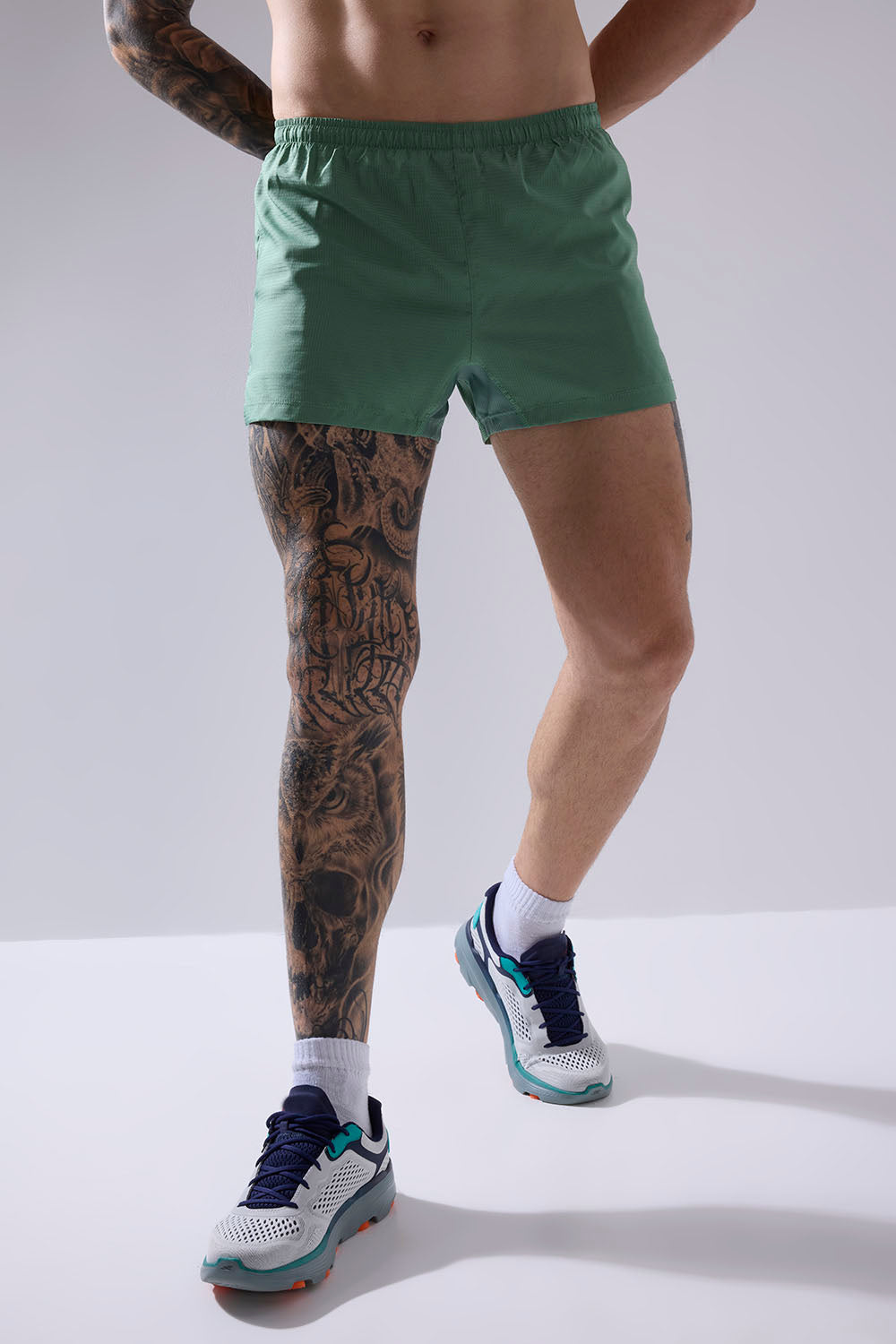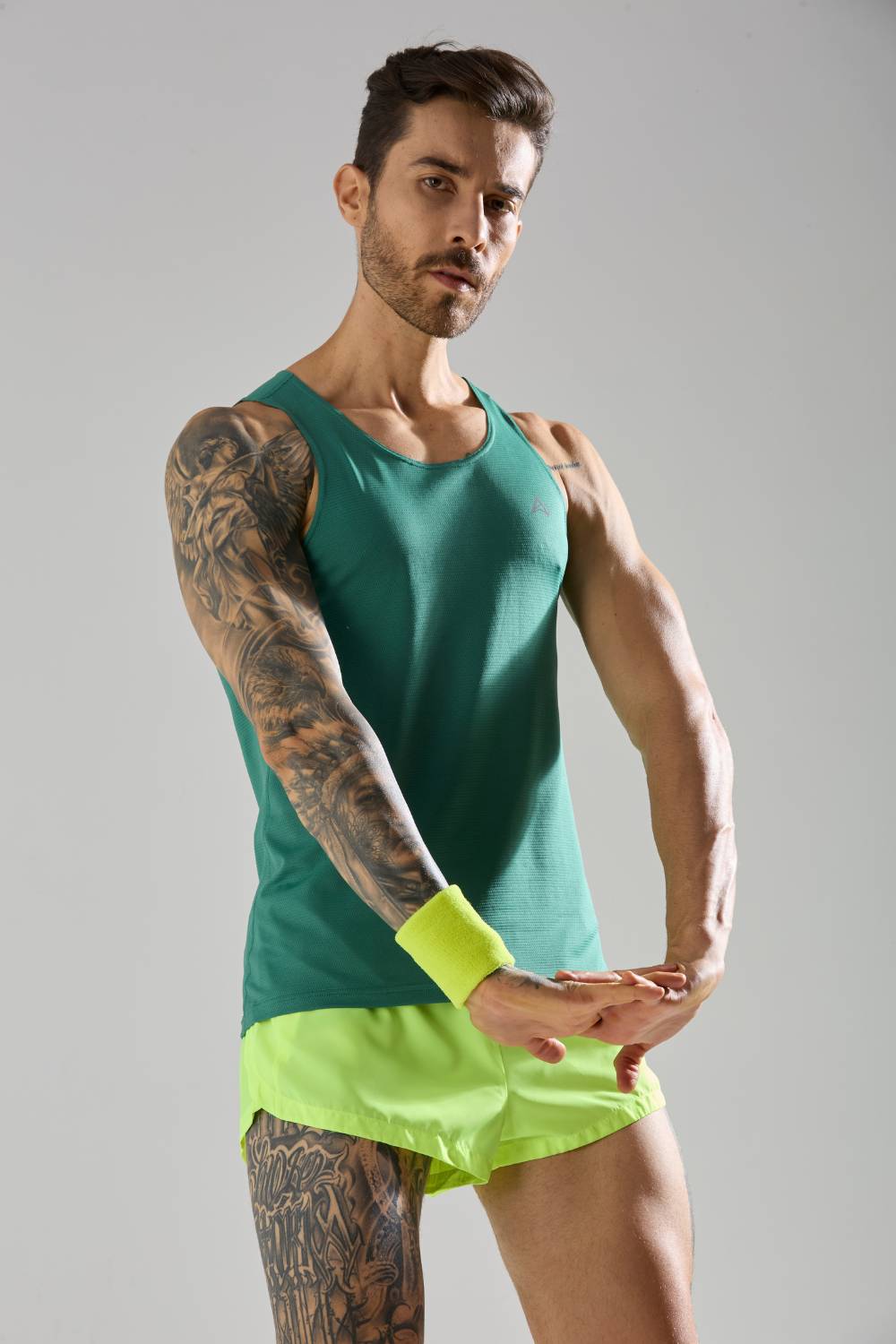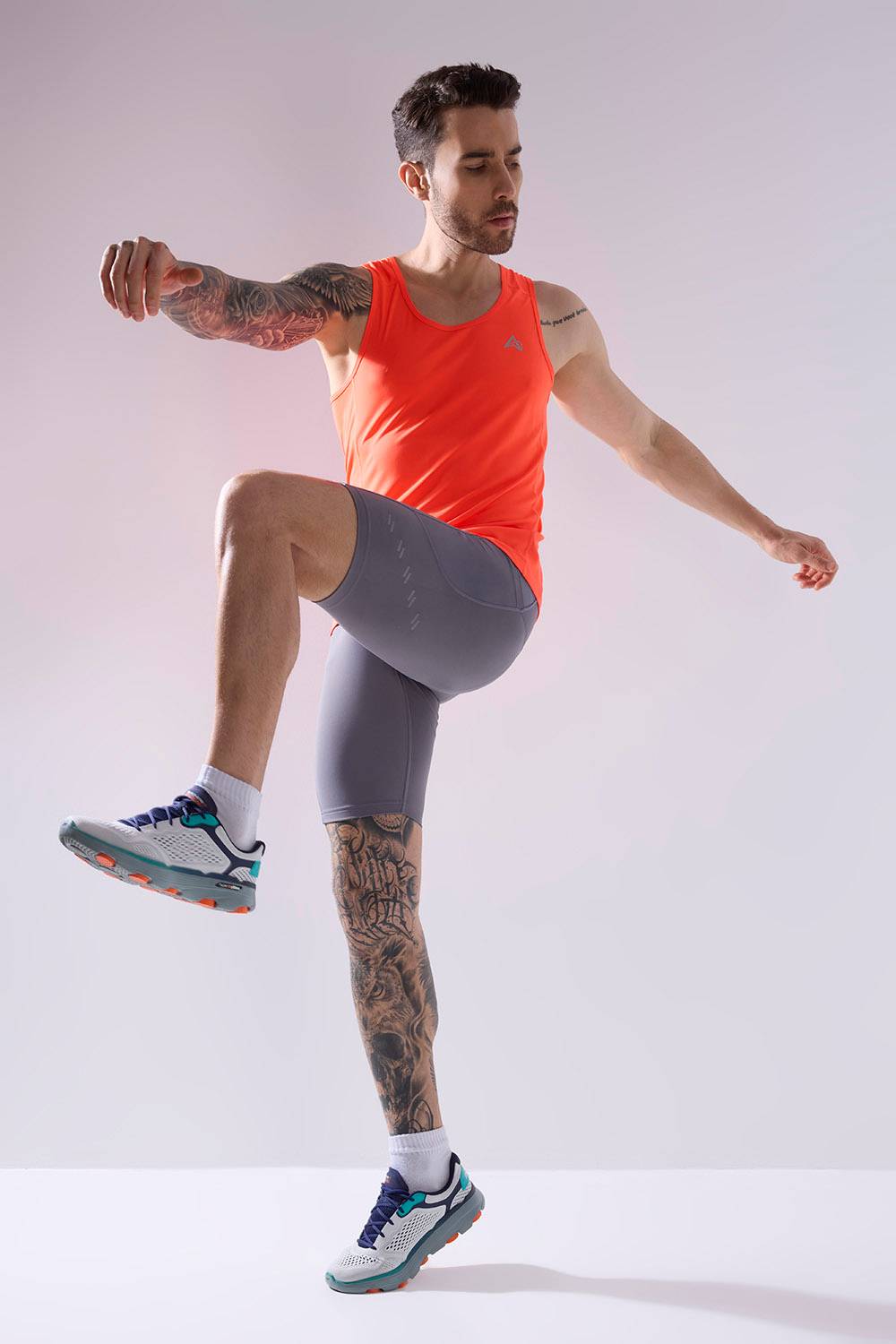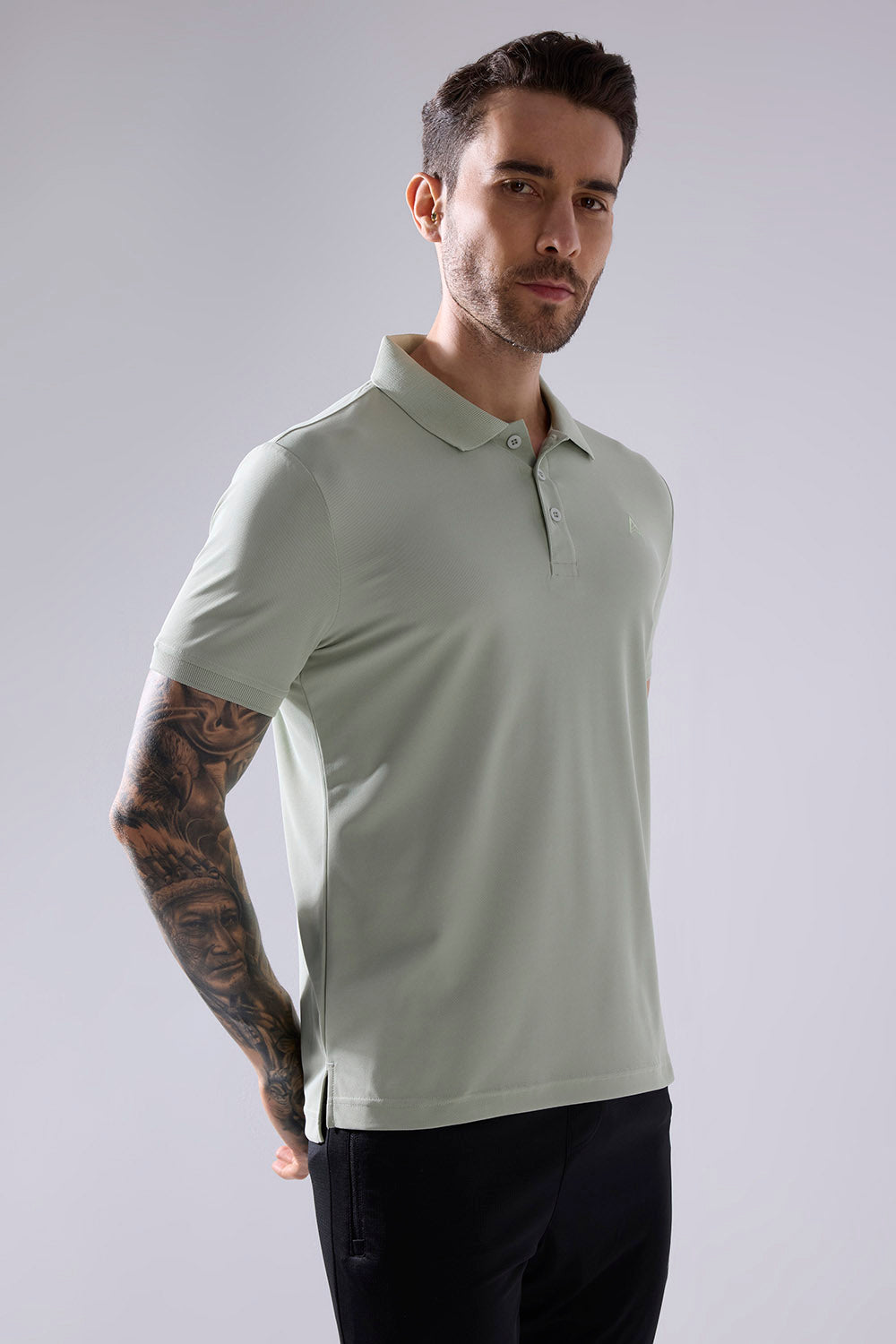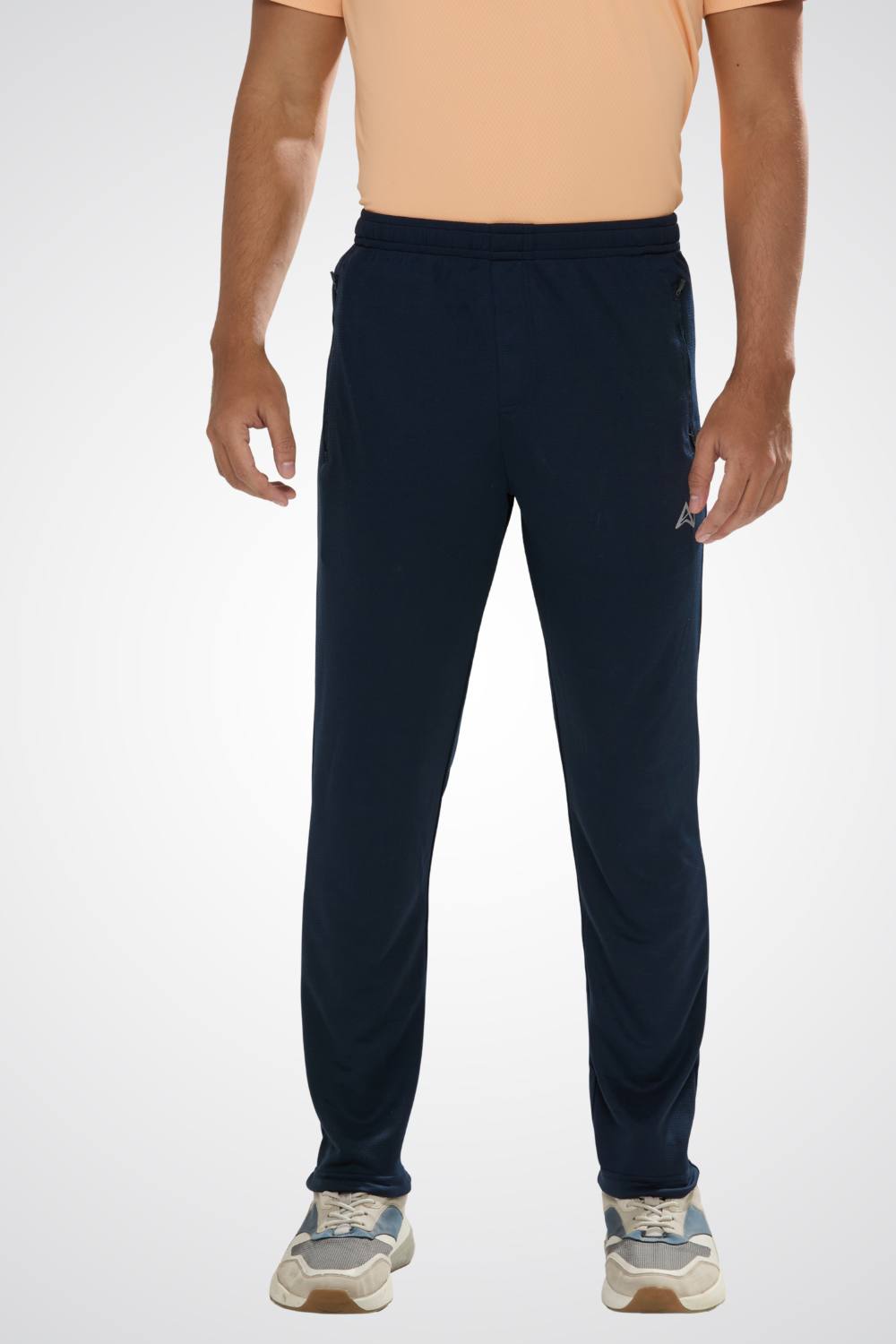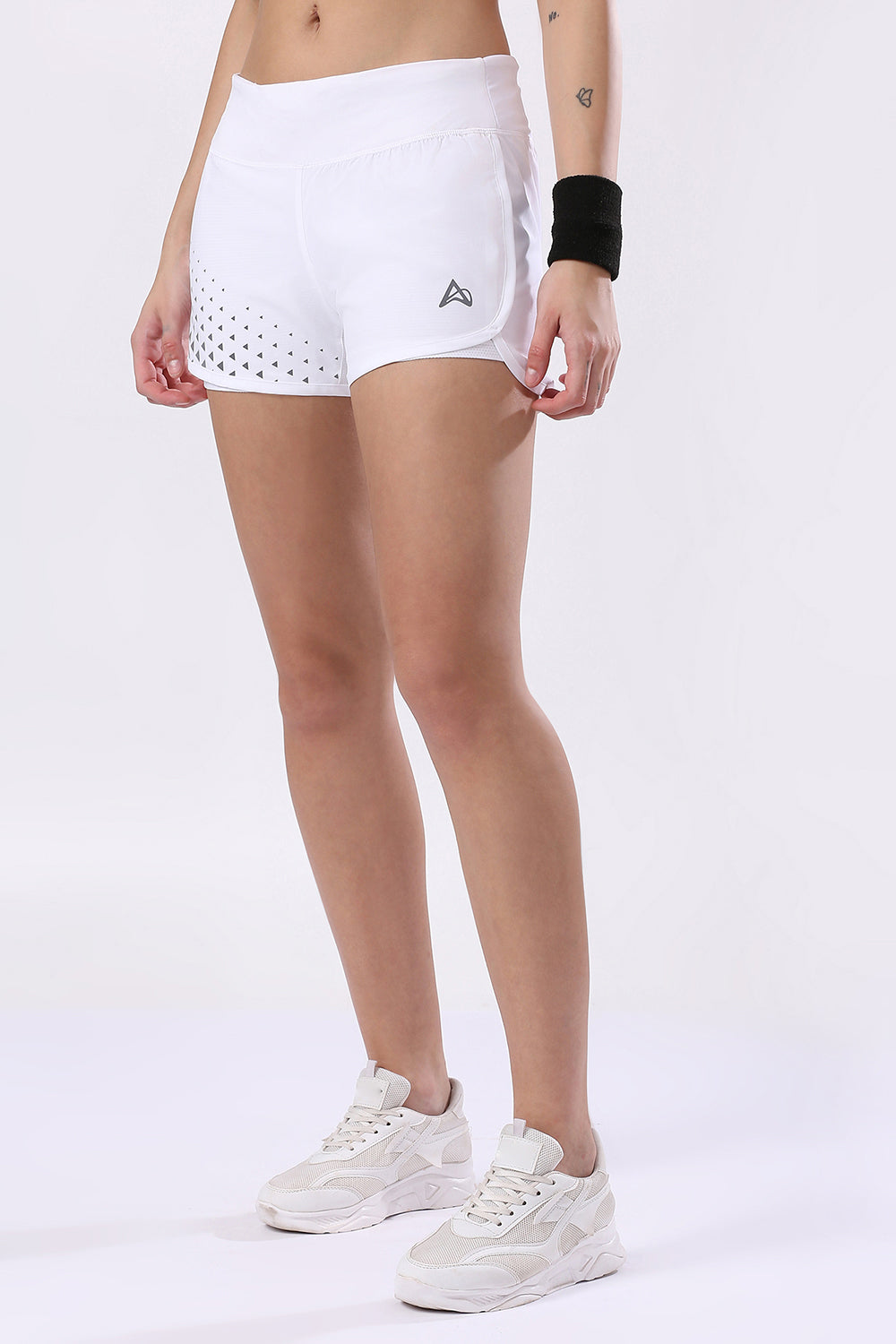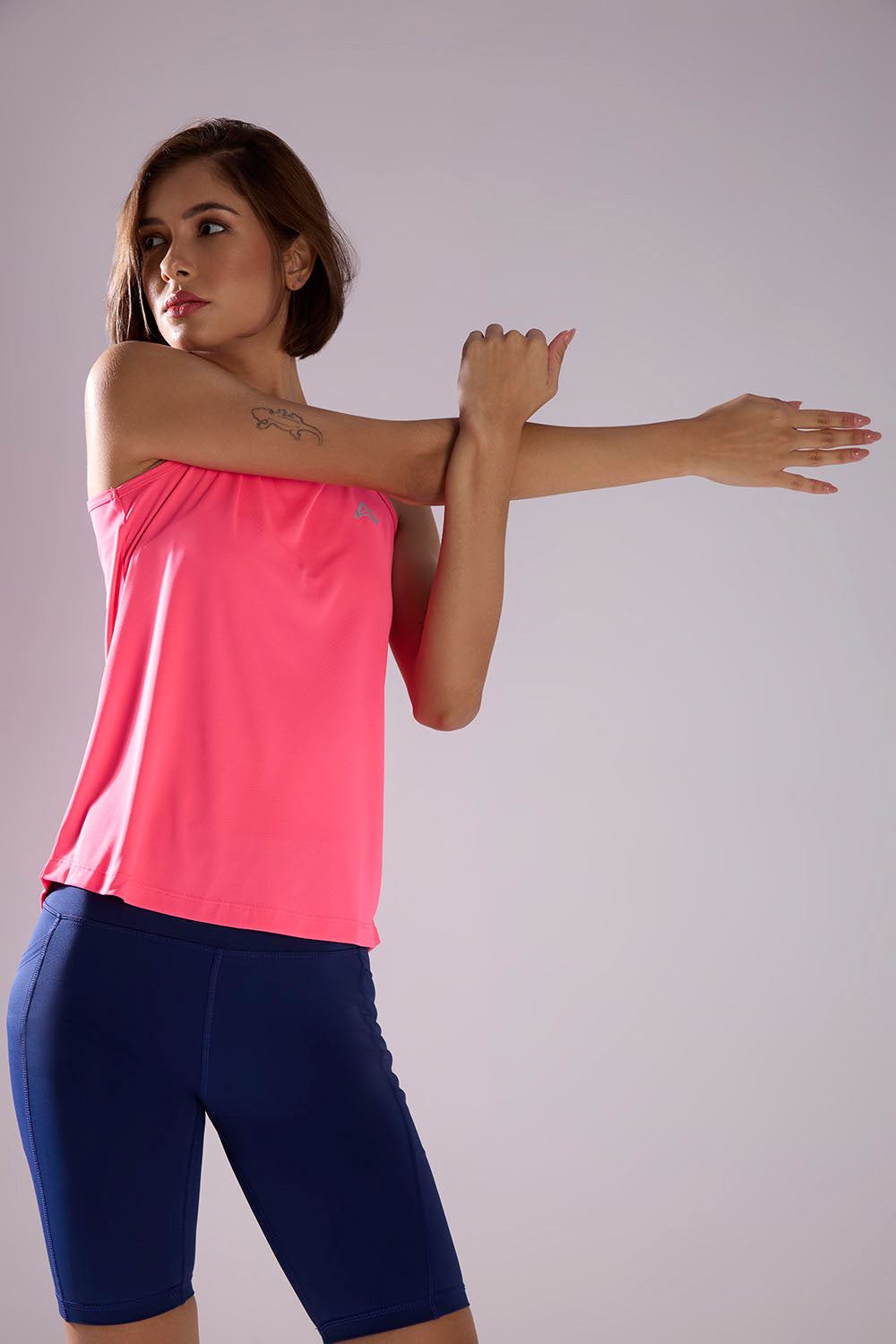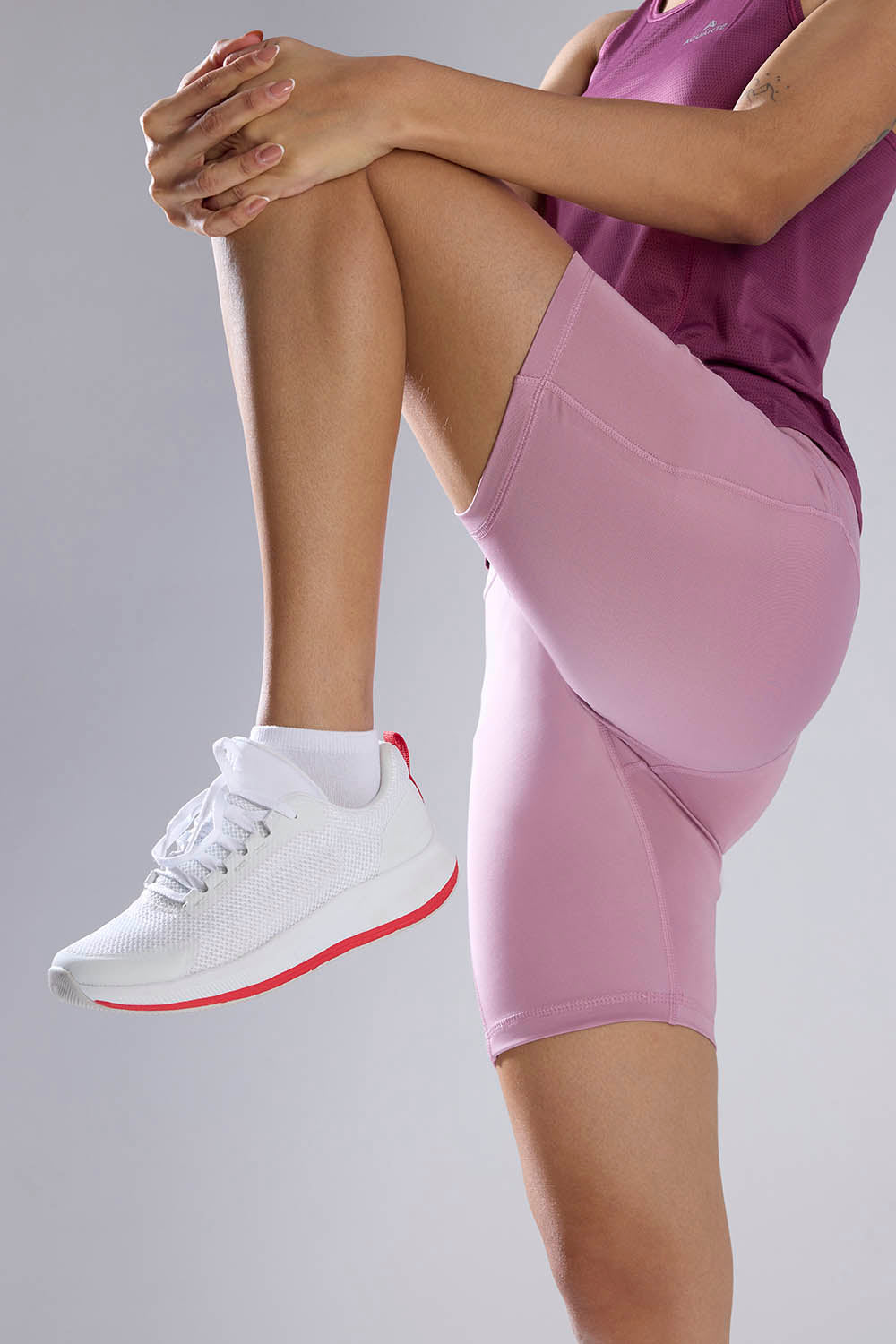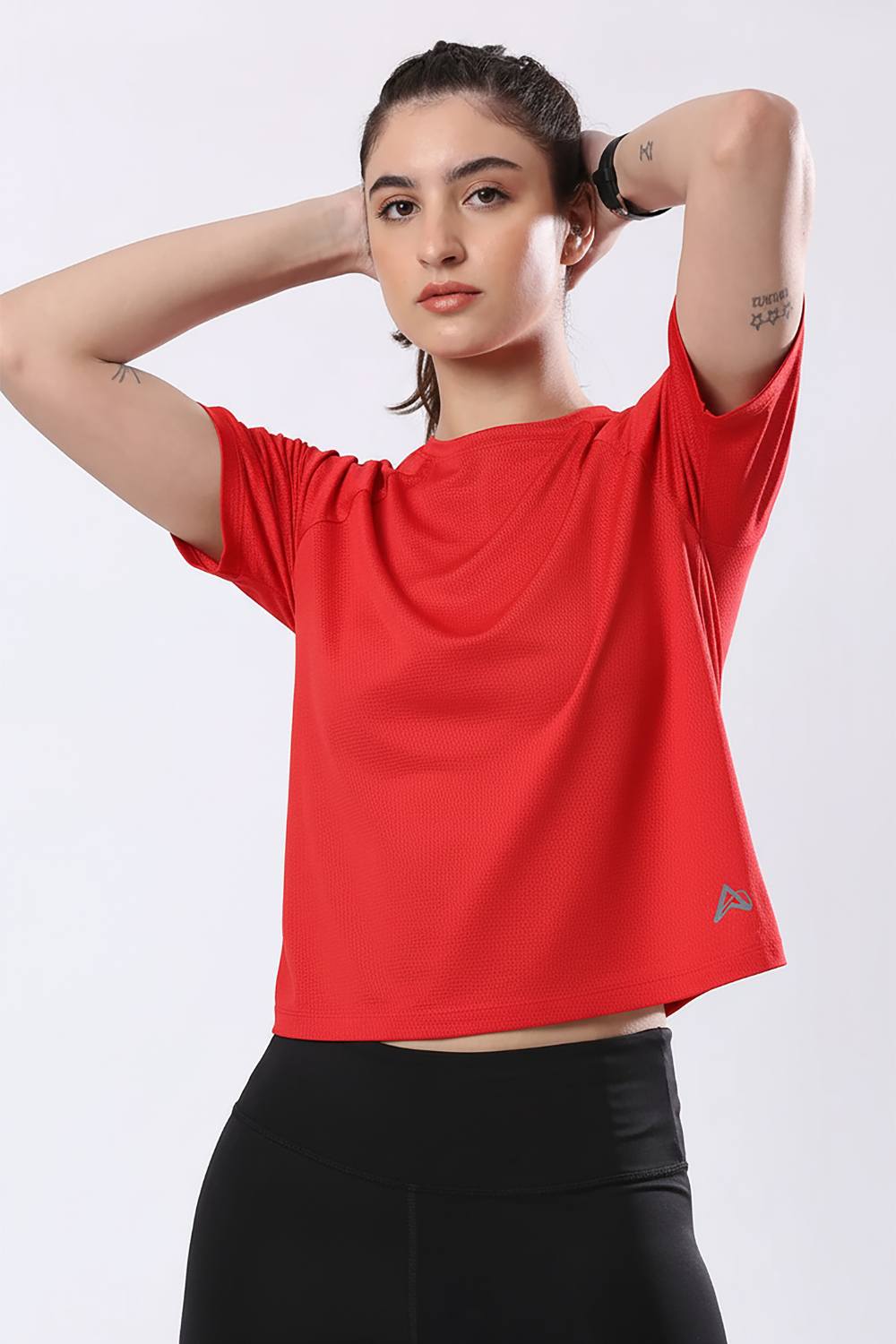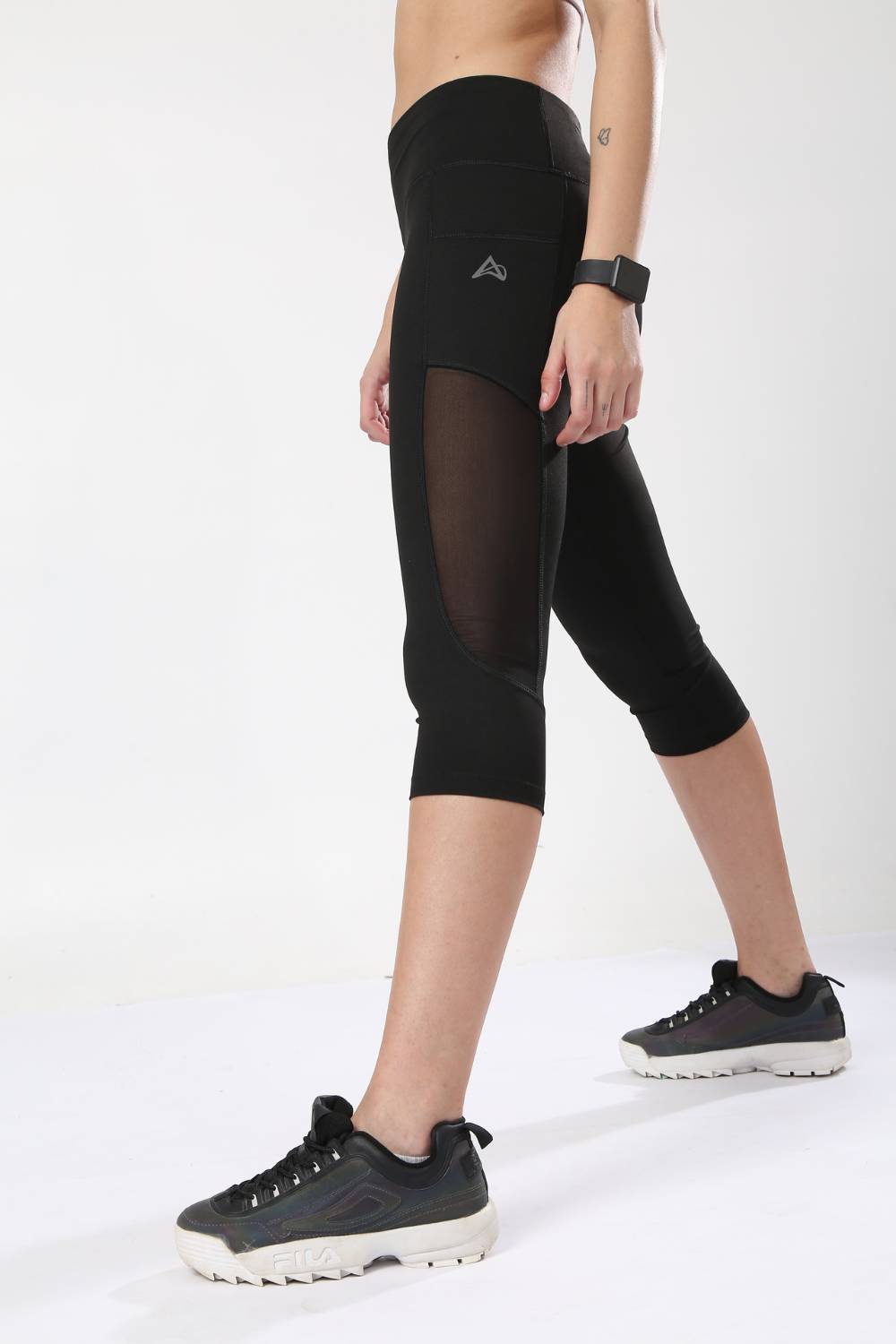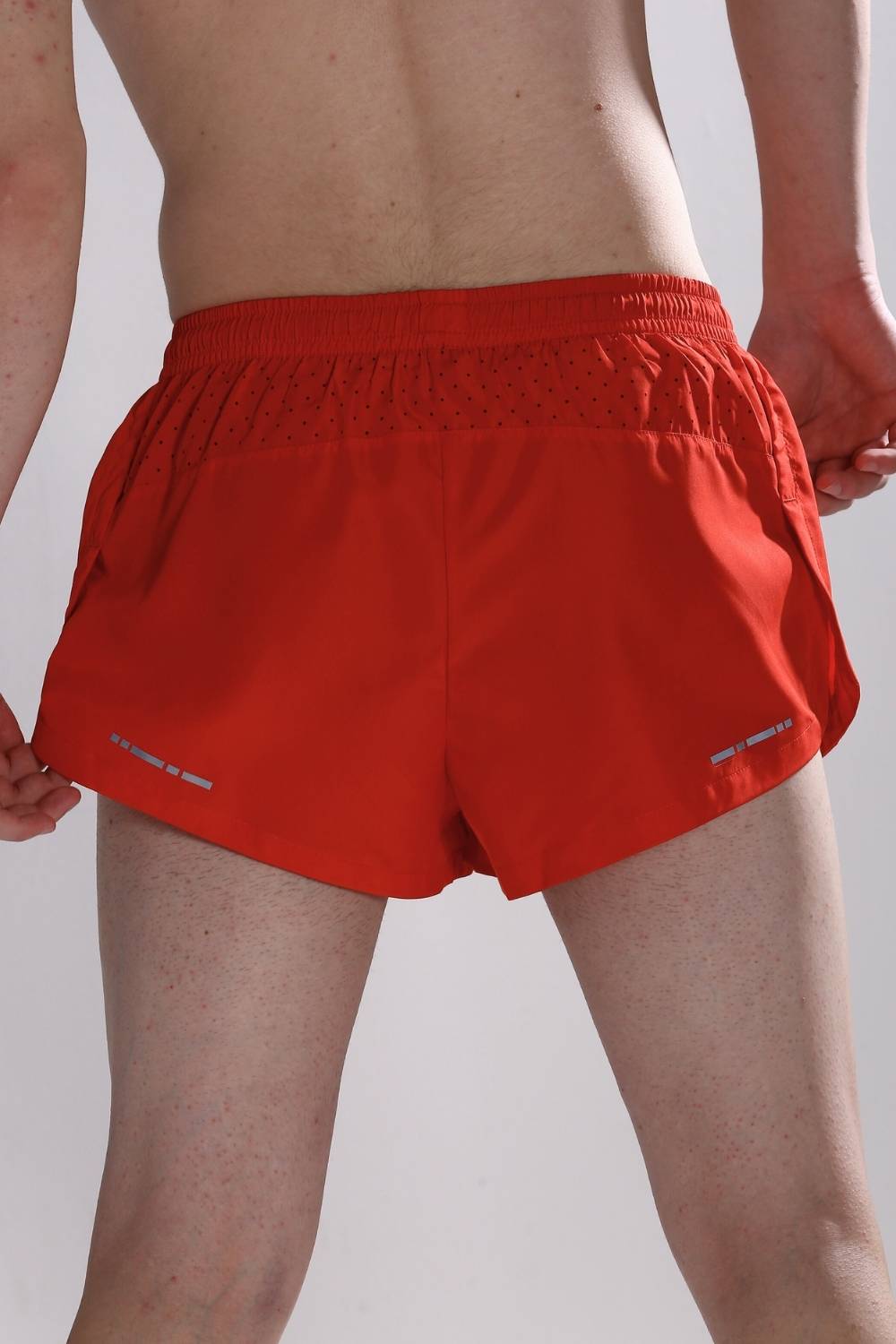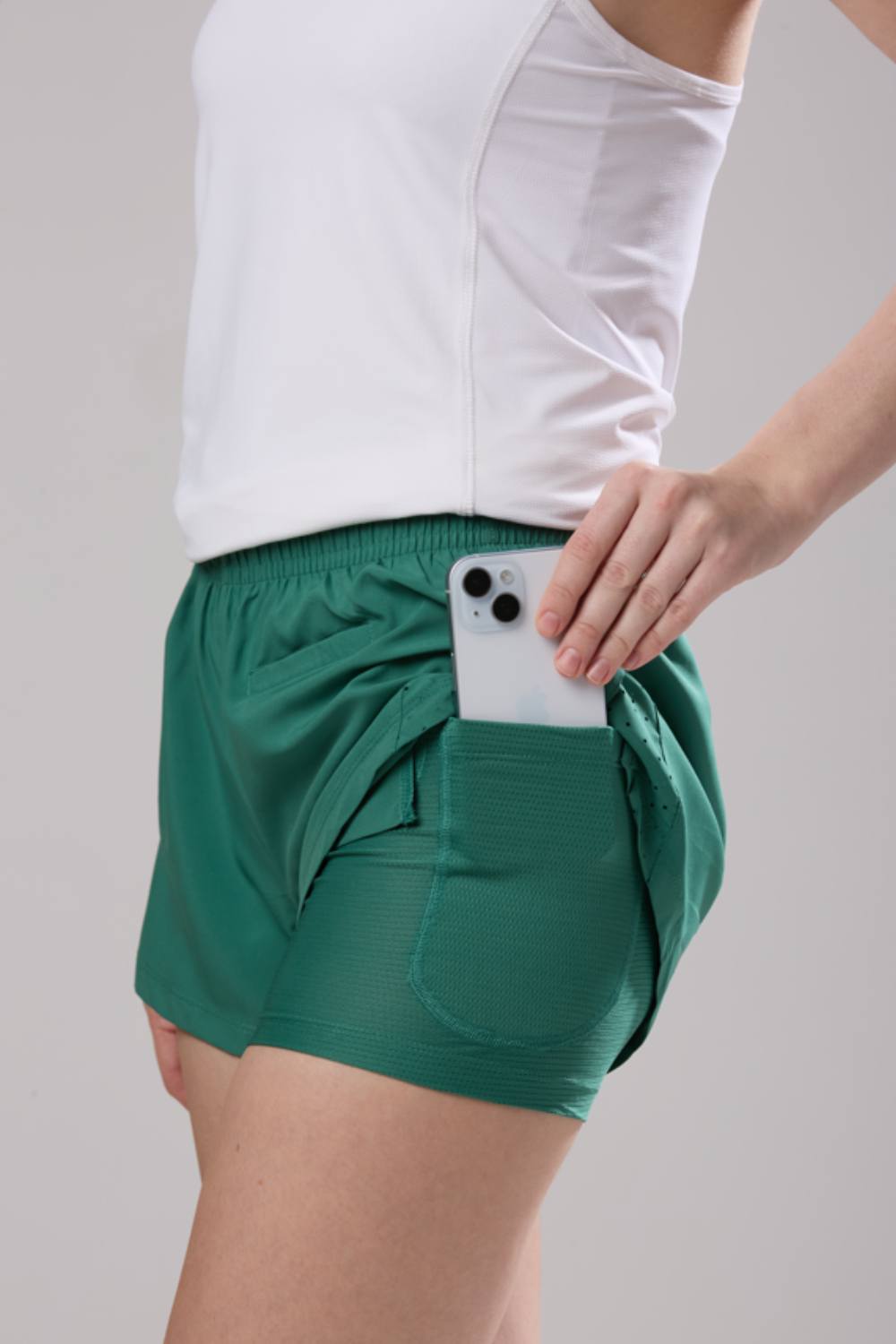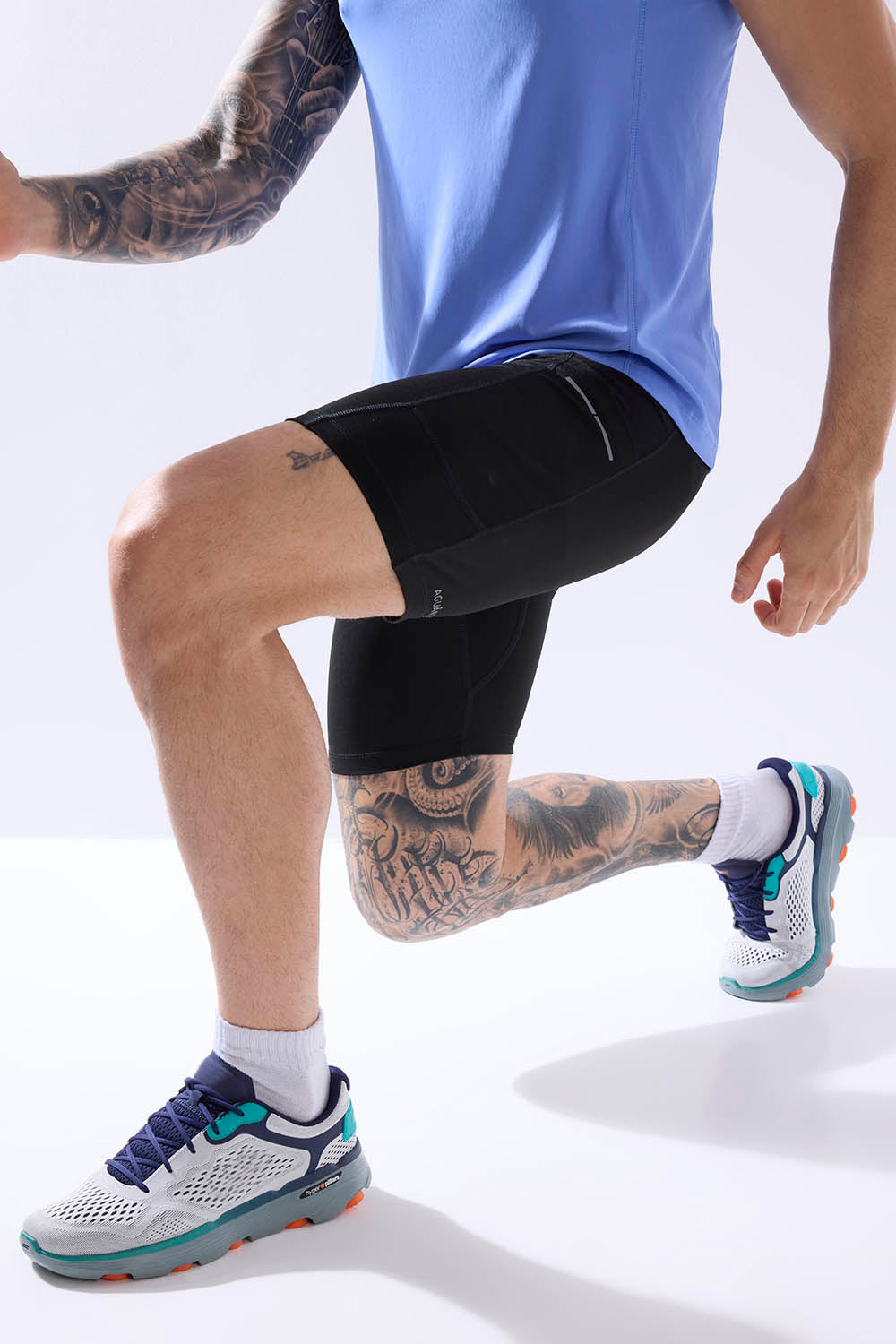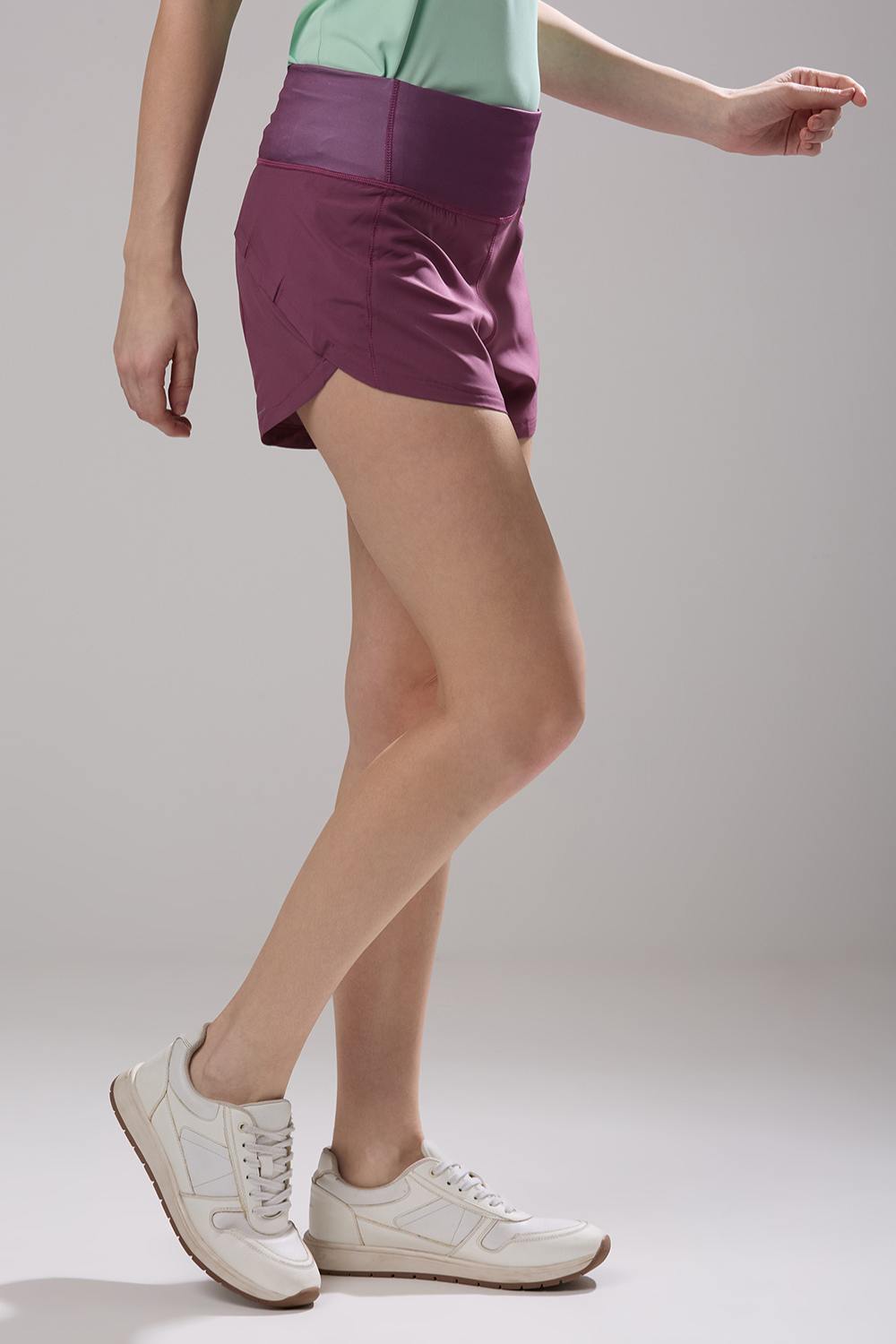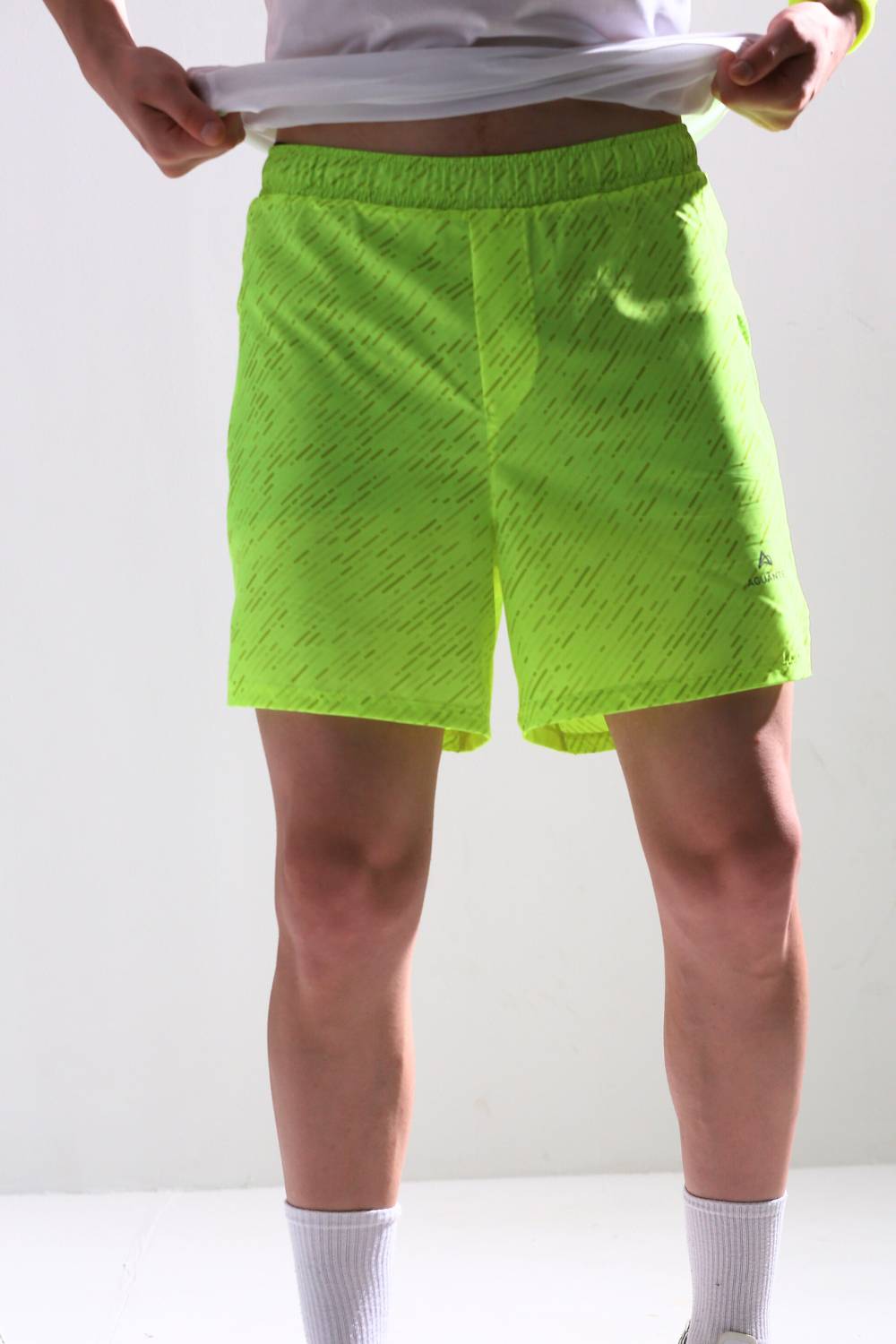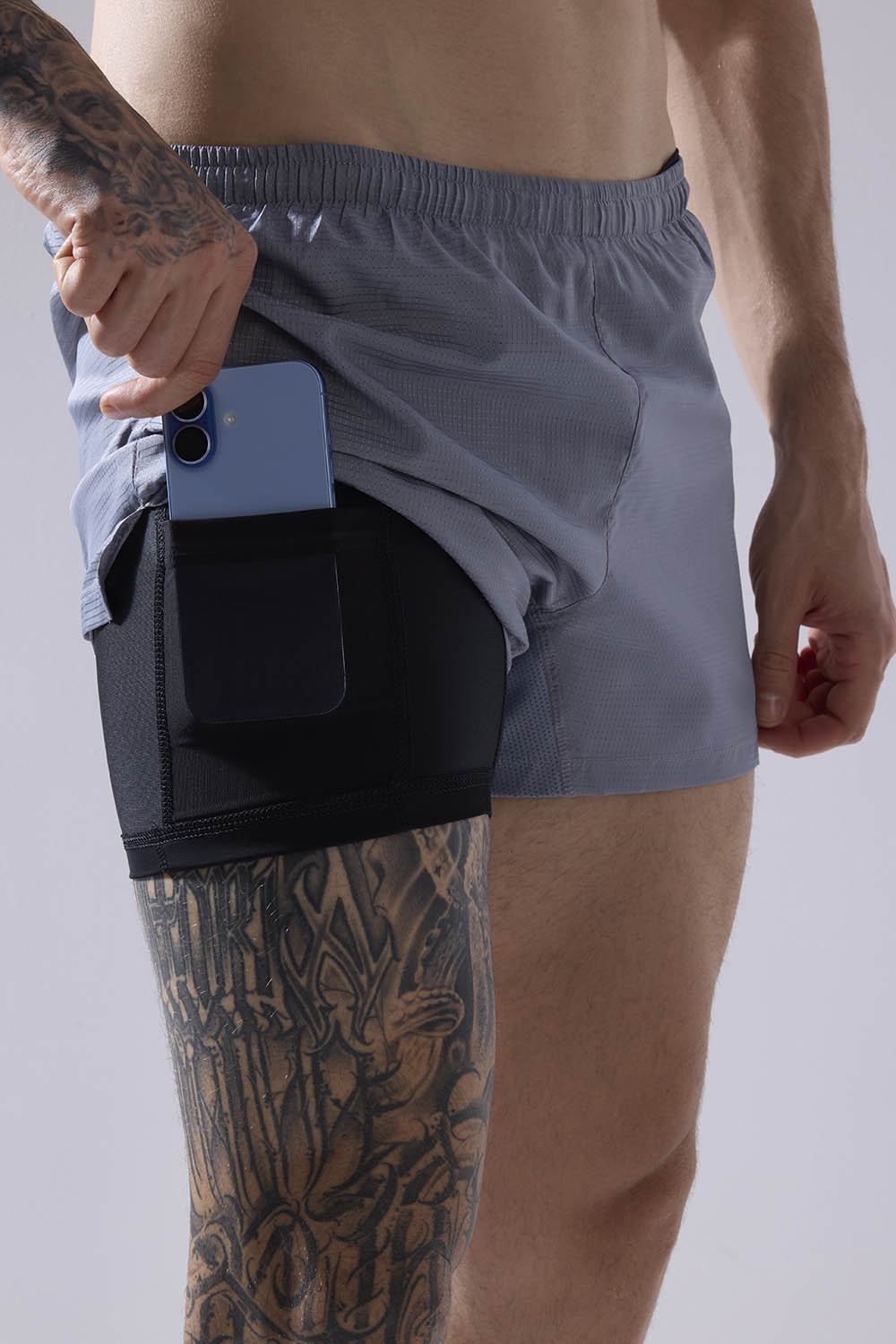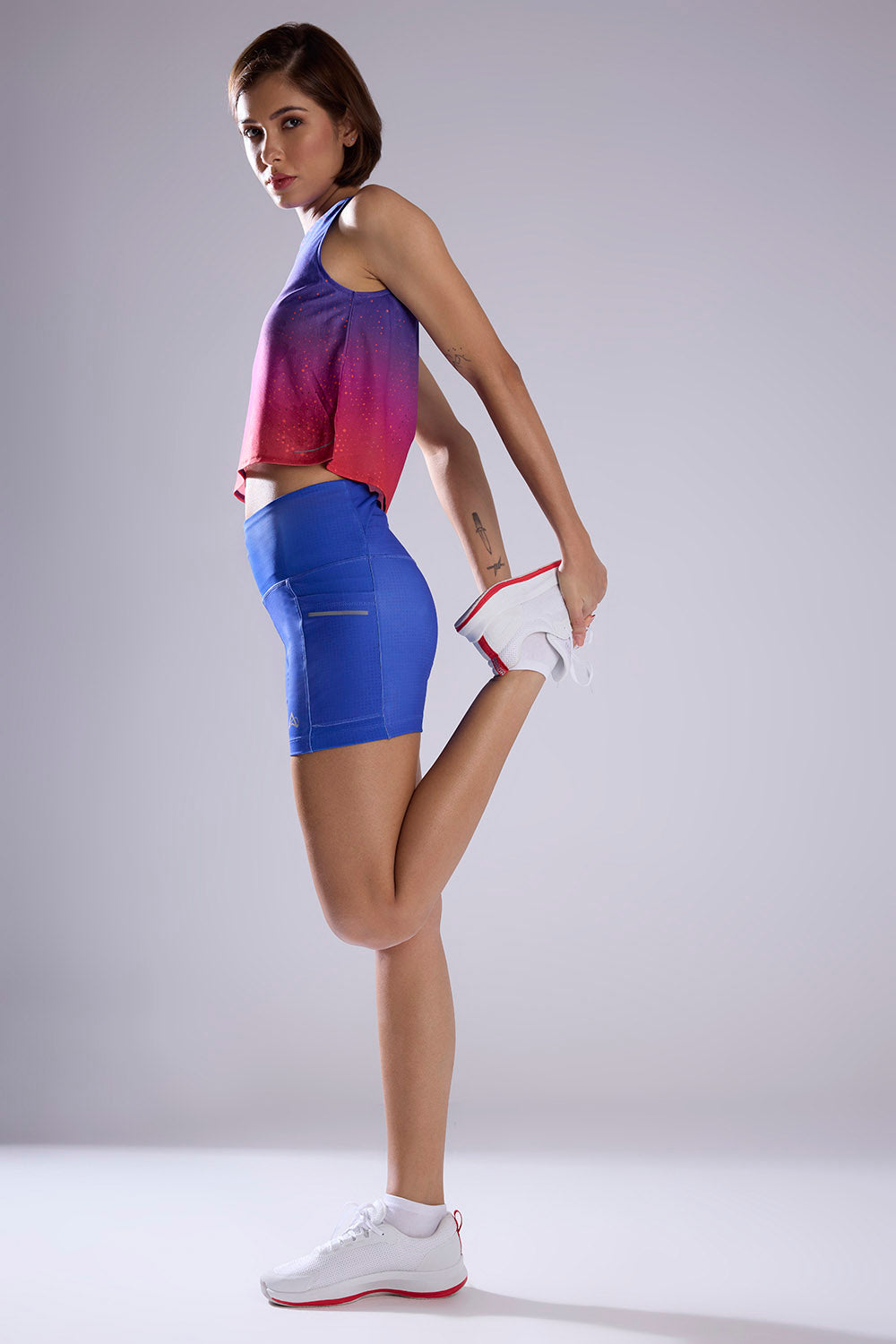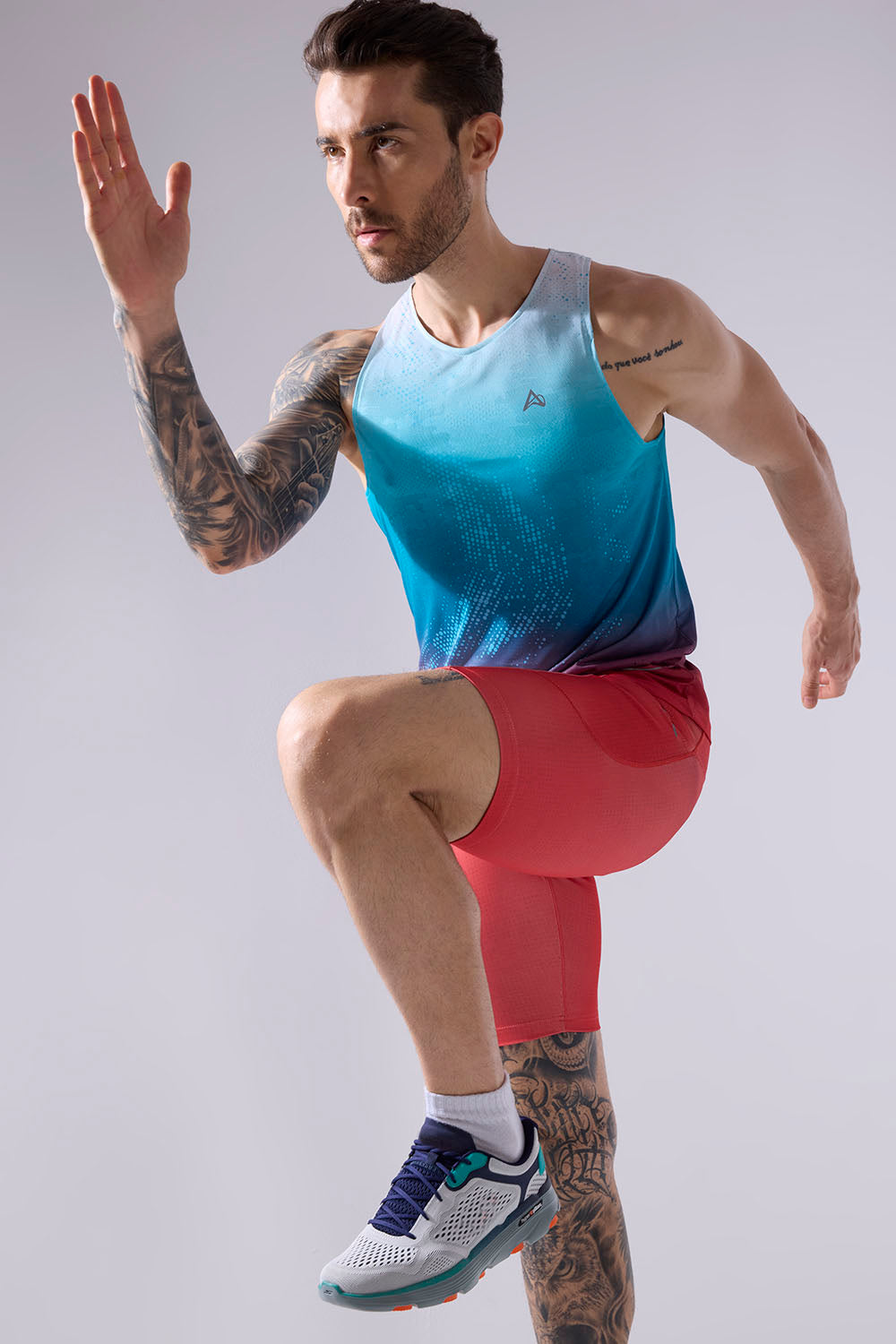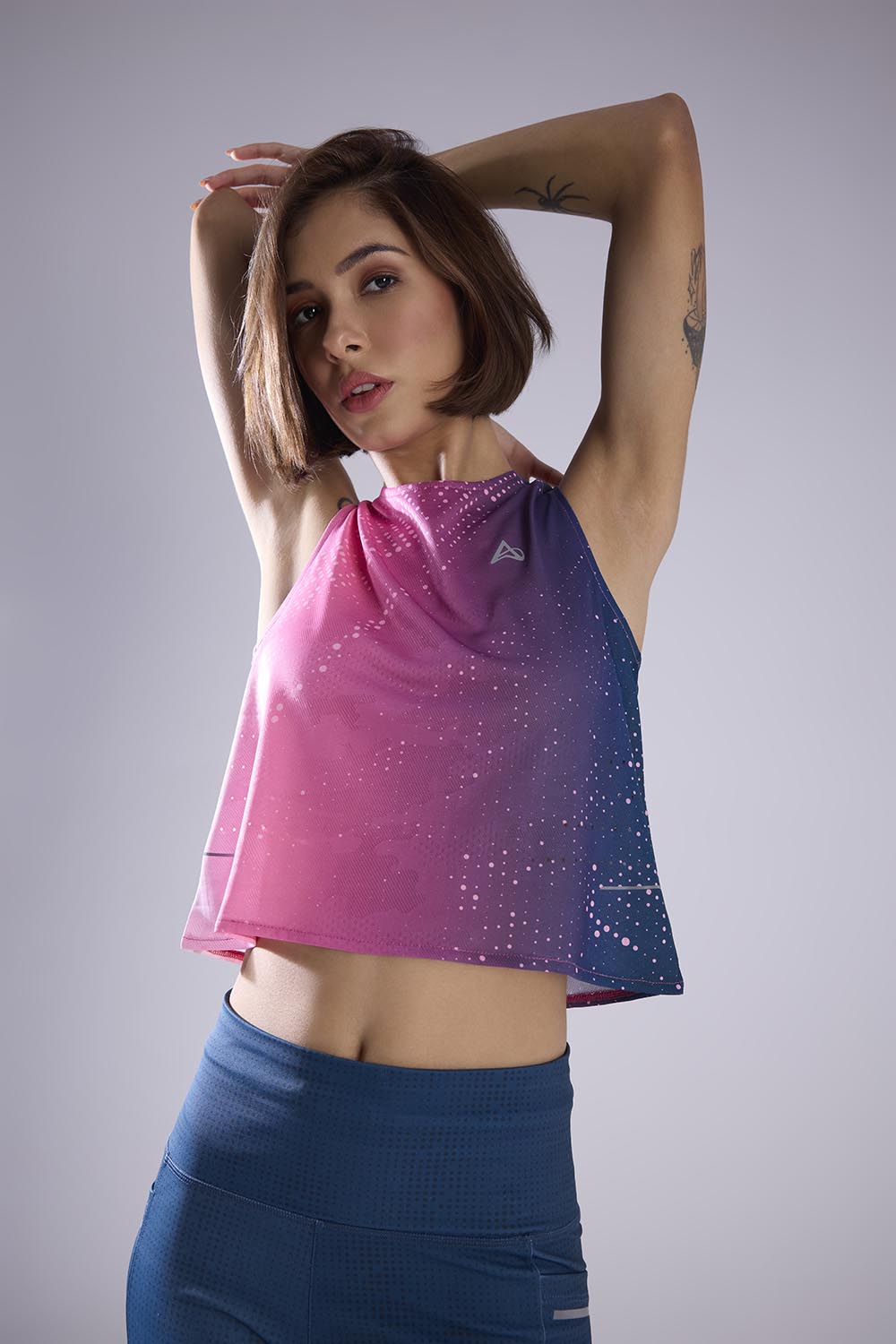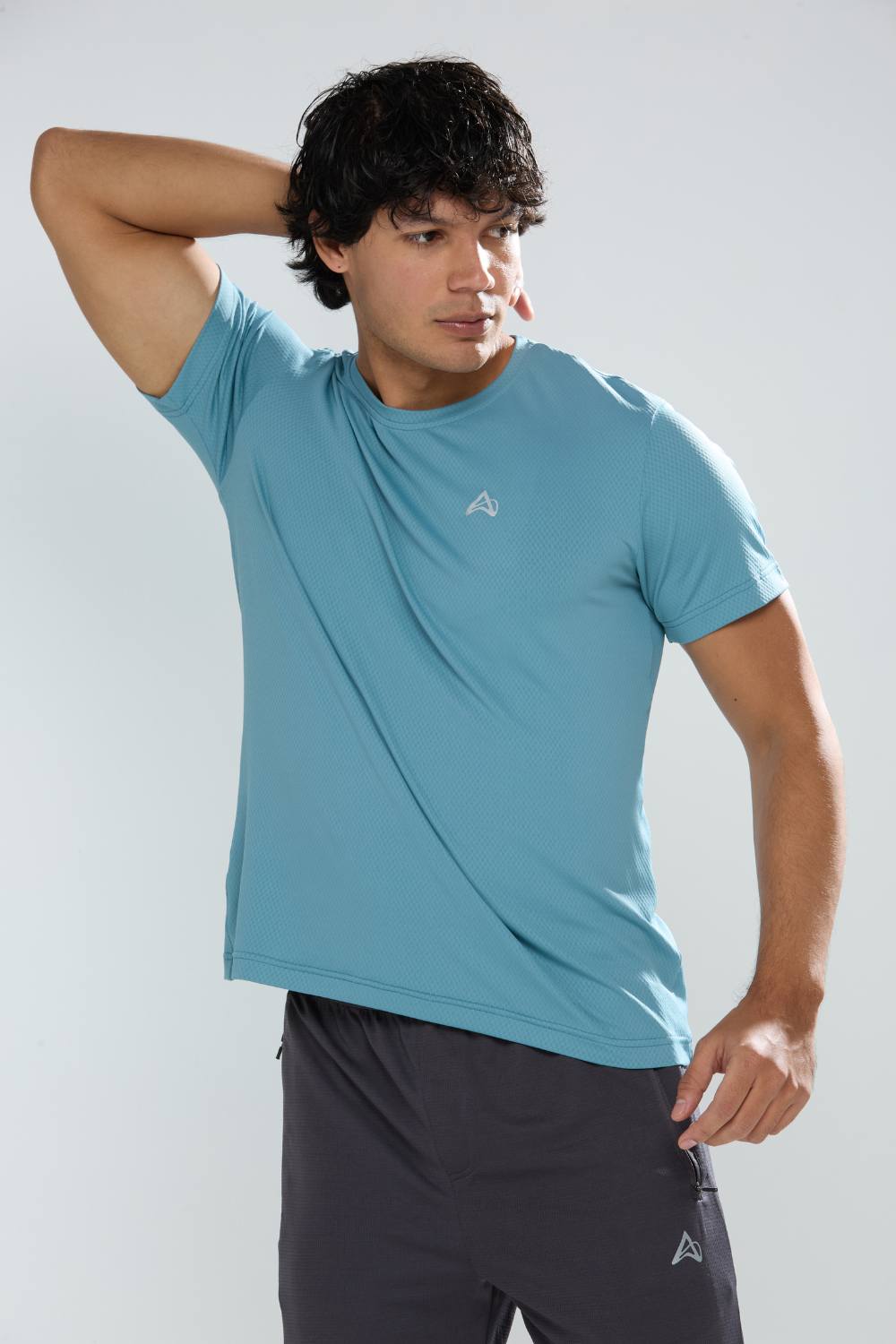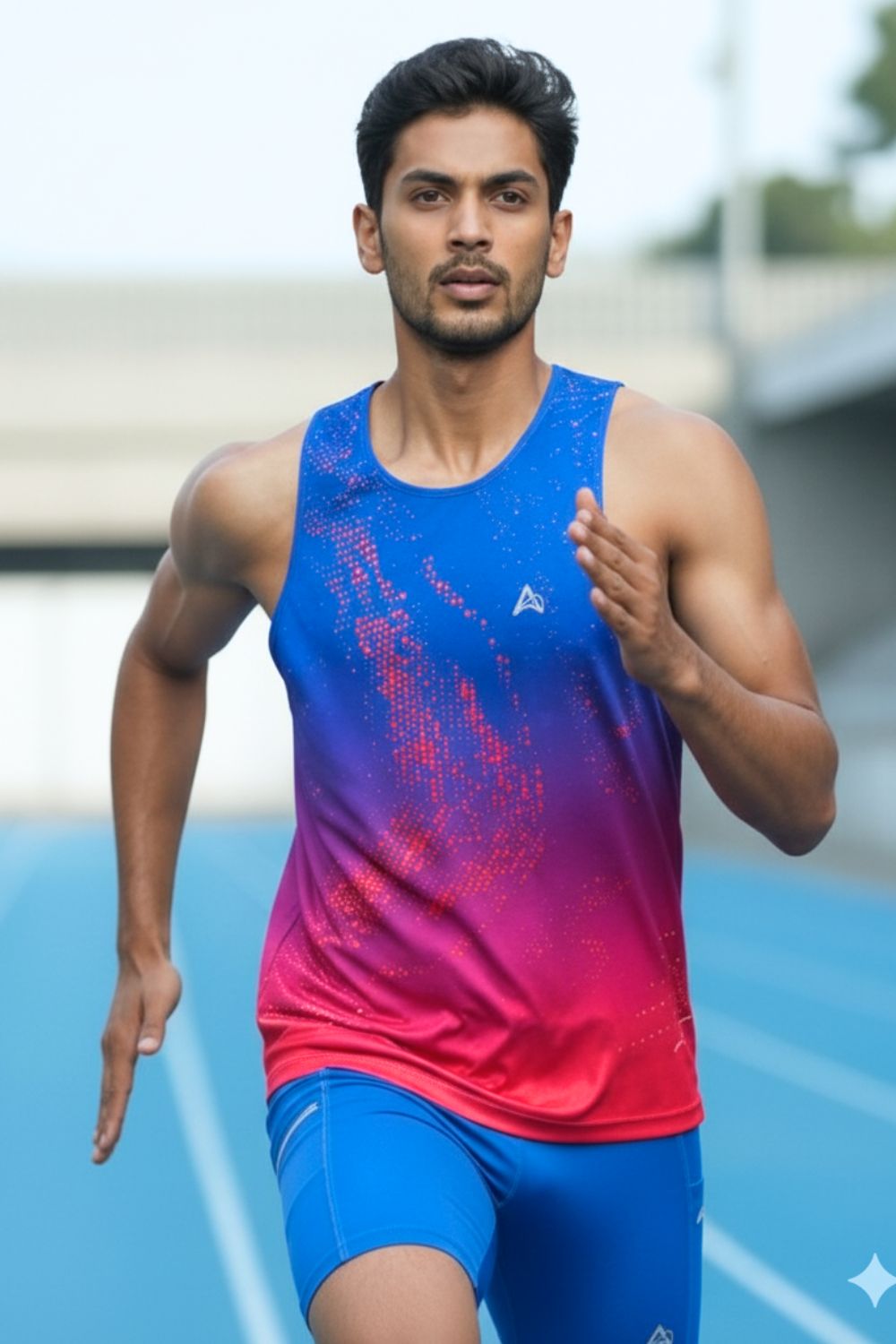Quick Listen:
Before the sun breaches Bangalore's skyline, runners flood Cubbon Park's trails, their steps cutting through morning mist. In Mumbai, marathoners skirt humid sea breezes along Marine Drive, while Gurugram's joggers brave Delhi's crisp winter air. India's endurance athletes, from Hyderabad's triathletes to Pune's half-marathoners, are united by a singular pursuit: performance without compromise. At the heart of this revolution lies moisture-wicking fabrics, advanced textiles engineered to banish sweat and elevate comfort in India's punishing climates.
Tired of gear that slows you down? Chafing, soggy fabrics, and missing pockets kill your run's momentum. At Aguante, we're runners who get it. Our high-performance activewear features moisture-wicking fabrics, ergonomic designs, and smart storage to keep you focused. Shop Now!
Sweat Smart: Moisture-Wicking Fabrics Fuel India's Athletic Surge
India's fitness landscape is transforming. Half-marathons, trail runs, and triathlons are drawing record crowds in cities like Delhi, Pune, and Hyderabad, propelled by a nationwide pivot toward health and wellness. The India sports fabric market, valued at USD 1.66 billion in 2024, is forecast to soar to USD 3.47 billion by 2033, achieving a robust CAGR of 7.87% from 2025 to 2033. This growth stems from surging participation in sports, a booming athleisure trend, and innovations in high-performance textiles offering breathability, UV resistance, and antimicrobial features. For athletes navigating Mumbai's sticky humidity or Delhi's dry heat, these fabrics are indispensable tools for peak performance.
Moisture-wicking technology works by drawing perspiration away from the skin, allowing it to evaporate swiftly. This ensures athletes stay dry and focused, whether sprinting through Navi Mumbai's sultry air or enduring Bangalore's monsoon-soaked trails. Unlike the sodden cotton shirts of decades past, today's fabrics typically microfiber polyester or spandex blends deliver stretch, ventilation, and resilience tailored to India's diverse weather patterns. From coastal humidity to northern aridity, these textiles are redefining athletic endurance.
Textile Innovation Meets Urban Grit
India's textile industry is rising to meet this demand, with hubs like Surat and Ahmedabad leading the charge. Surat, the nation's man-made fiber powerhouse, is set to showcase technical yarns and garments at the Yarn Expo 2025, an event hosted by the Southern Gujarat Chamber of Commerce and Industry. Expected to draw 25,000 buyers, the expo marks Surat's pivot toward garment manufacturing, with fashion shows every three hours highlighting its potential. Ahmedabad's producers, such as Arvind Advanced Materials, are also scaling up, crafting eco-friendly recycled polyester blends that resonate with sustainability-minded athletes.
Regional preferences underscore this shift. Bangalore and Pune, cradles of India's marathon culture, see running clubs like the Bangalore Runners Club adopting moisture-wicking apparel for 70% of their 2024 event kits. In Mumbai and Navi Mumbai, where humidity often exceeds 90%, athletes favor quick-drying polyester-nylon blends. Delhi and Gurugram, grappling with extreme seasonal swings, demand hybrid fabrics that wick sweat yet insulate against winter cold. Globally, the performance fabric market reached USD 80.70 billion in 2024, with Asia Pacific holding a commanding 39.2% share, fueled by India's fitness fervor.
Women are a driving force in this market. A 2023 NIFT Delhi study reported a 30% surge in women purchasing breathable leggings and quick-dry tops for outdoor exercise. Hyderabad's emerging activewear brands, sourcing sweat-resistant yarns from Surat and Tirupur, are capitalizing on this trend. Corporate wellness initiatives in Gurugram and Delhi are also embracing technical apparel, equipping employee marathon teams with gear that rivals international standards. These shifts reflect a broader cultural embrace of fitness and functionality.
Hurdles on the Path to Adoption
Despite the momentum, challenges persist. High-performance fabrics, often reliant on imported specialty yarns, carry a 15–20% price premium over conventional options, according to Textile Value Chain India's 2025 analysis. This cost barrier frustrates budget-conscious consumers in Hyderabad and Surat. Durability is another concern India's hard water and aggressive detergents can reduce garment lifespan by roughly 10%. Designing fabrics versatile enough for Delhi's scorching summers and frigid winters remains a technical puzzle few have solved.
Awareness gaps further complicate adoption. Surveys in Hyderabad and Surat indicate that 40% of gym-goers remain unaware of moisture-wicking fabric's advantages over cotton. Yet, the global market for these textiles is thriving, with innovations in eco-friendly materials and applications spanning healthcare and fashion, as noted in industry reports. In India, sustainable options like Reliance Recron GreenGold's recycled polyester are gaining ground, marrying performance with environmental responsibility.
A Booming Gear Economy
India's textile sector is seizing this opportunity with vigor. Surat and Ahmedabad exporters are ramping up technical yarn production for domestic and international markets, bolstered by 2024 Ministry of Textiles data. In urban centers like Bangalore, Pune, and Gurugram, specialty performance-wear retailers and direct-to-consumer platforms are flourishing, catering to athletes who view gear as a performance investment. Academic institutions, including IIT-Delhi and NIFT-Bangalore, are partnering with manufacturers to refine sweat-management technologies, testing fabrics under India's humid conditions to optimize capillary action.
The economic impact is substantial. The FICCI-EY India Sports Report 2025 estimates that endurance events generate ₹2,000 crore annually in merchandise and apparel sales, with technical wear at the forefront. As India enters what experts call the “technical textile decade” from 2025 to 2030, fabric performance will increasingly define brand success. For brands like Aguante, the path forward lies in fusing Surat's textile advancements with athlete-centric designs tested in Pune and Bangalore, tailored to India's coastal and inland climates.
Stitching a Future of Performance
As twilight fades over Mumbai's Marine Drive, a runner glides past, her moisture-wicking shirt barely touched by sweat. From Bangalore's muddy trails to Delhi's frost-kissed parks, countless others join her, their strides powered by textiles that bend to their environment and ambition. India's endurance athletes are not merely running they're redefining performance itself. With innovations flowing from Surat's looms to IIT's laboratories, the nation is weaving a future where technology and comfort converge. For athletes and brands alike, the directive is unmistakable: embrace smart fabrics, and the finish line is within reach.
Frequently Asked Questions
Why are moisture-wicking fabrics important for endurance athletes in India?
Moisture-wicking fabrics are crucial for endurance athletes in India due to the country's hot and humid climate, which causes excessive sweating during activities like running or cycling. These fabrics draw sweat away from the skin, keeping athletes dry, comfortable, and focused. By preventing chafing and overheating, they enhance performance and endurance, as highlighted in the blog.
What should Indian endurance athletes look for in moisture-wicking clothing?
Indian endurance athletes should prioritize moisture-wicking clothing with high breathability, lightweight materials, and anti-odor properties, as recommended in the blog. Look for fabrics like polyester blends or advanced synthetics designed for quick drying in humid conditions. Additionally, choosing garments with UV protection and ergonomic designs can further support performance in India's challenging weather.
How do moisture-wicking fabrics improve athletic performance in humid conditions?
Moisture-wicking fabrics improve athletic performance in humid conditions by rapidly absorbing and evaporating sweat, maintaining a dry microclimate around the skin. Advanced technologies, like those discussed in the blog, incorporate breathable materials that regulate body temperature and reduce friction. This allows Indian athletes to train longer and more effectively without discomfort or distractions.
Disclaimer: The above helpful resources content contains personal opinions and experiences. The information provided is for general knowledge and does not constitute professional advice.
You may also be interested in: Heat and Humidity Pose Unique Challenges for Indian Marathoners
Tired of gear that slows you down? Chafing, soggy fabrics, and missing pockets kill your run's momentum. At Aguante, we're runners who get it. Our high-performance activewear features moisture-wicking fabrics, ergonomic designs, and smart storage to keep you focused. Shop Now!
Powered by flareAI.co

